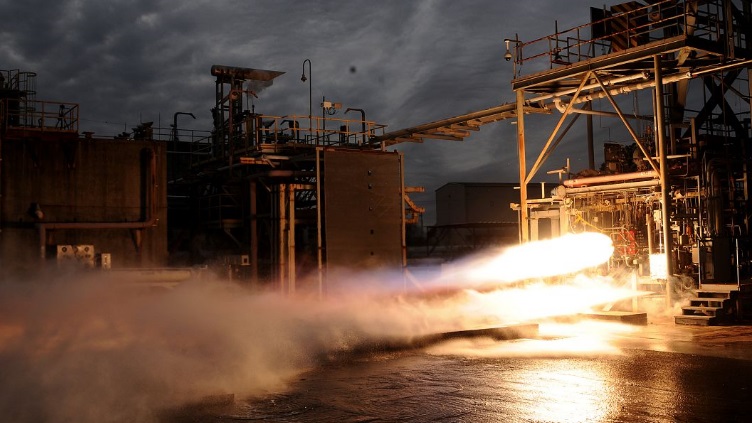
- Aerojet Rocketdyne tests 3-D printed engine
- Part of company's effort to stay strong in competitive field
Aerojet Rocketdyne said these tests on a 30,000 lbf thrust-class Bantam rocket engine are a 500% increase in thrust level from a Baby Bantam engine that the company 3-D printed and tested in June 2014. It is called a Baby Bantam because it is at the lower end of the Bantam engine family thrust range with a thrust of 5,000 pounds, according to Aerojet Rocketdyne. The Bantam engine family extends up to 200,000 lbf.
The 30,000 lbf thrust-class Bantam engine, which would normally comprise more than 100 parts, is built from only three 3-D printed components: the injector assembly, the combustion chamber, and a throat and nozzle section. The three major components are welded together to form a single thrust chamber assembly. This Bantam engine was designed, fabricated, and tested in seven months.
Aerojet Rocketdyne spokesperson Glenn Mahone said 16 May the Bantam engine is made of a nickel-based super alloy. He added that 30,000 lbf would be the maximum thrust the company would test with a 3-D printed engine, because it does not envision a need for a higher thrust level on an entirely 3-D-printed engine. He deferred additional questions, such as the company's next step with the Bantam engine and the name of the DARPA programme Aerojet Rocketdyne performed the test under, to DARPA.
http://www.janes.com/article/70468/...ntam-3-d-printed-liquid-fuelled-rocket-engine
